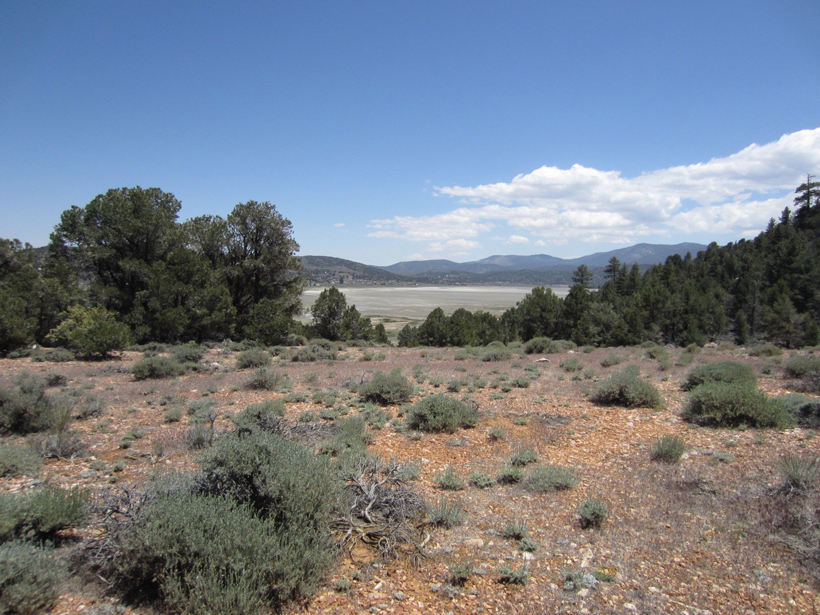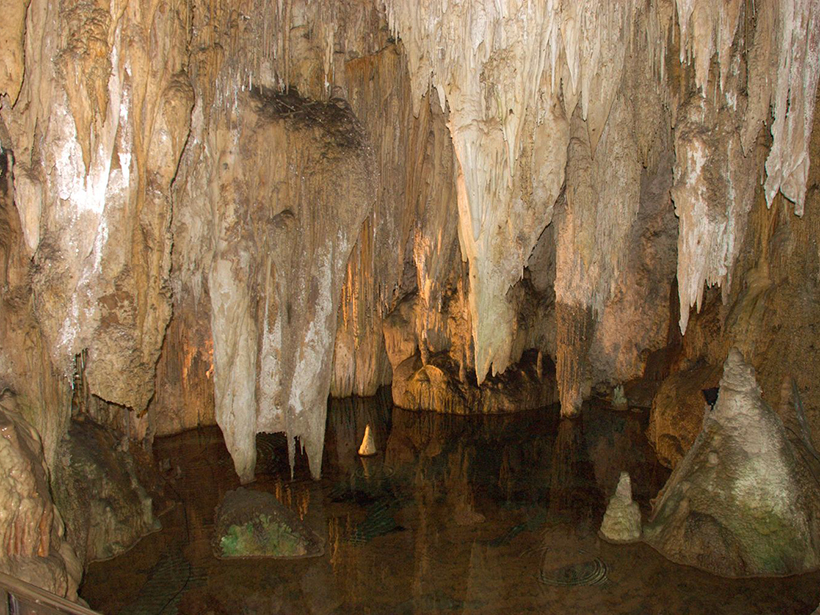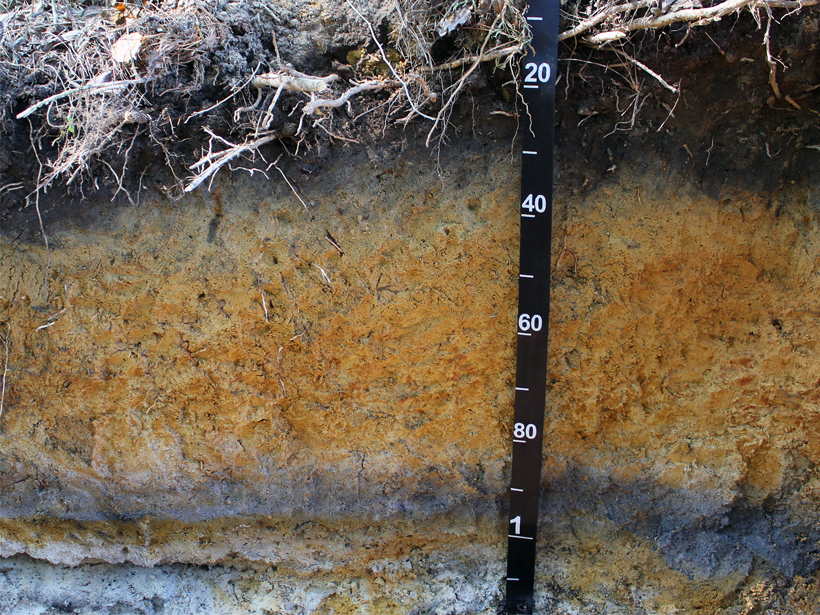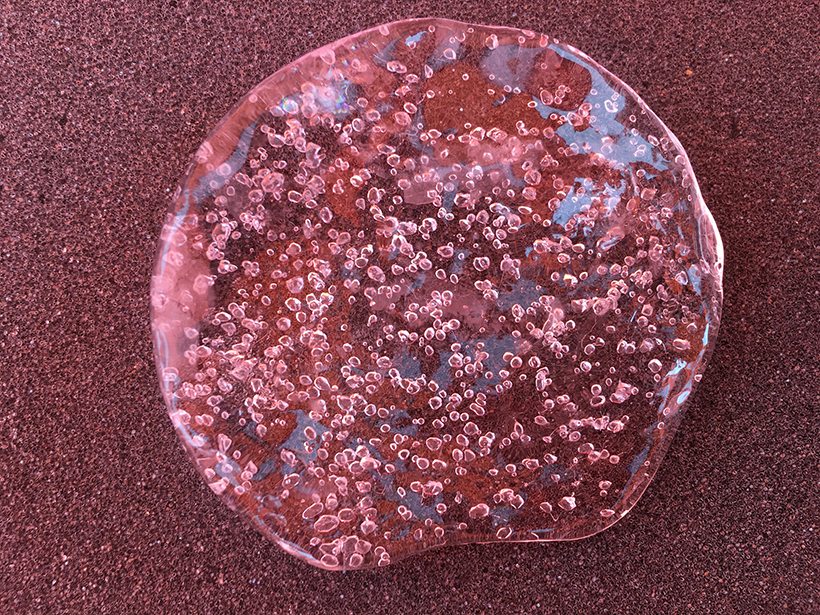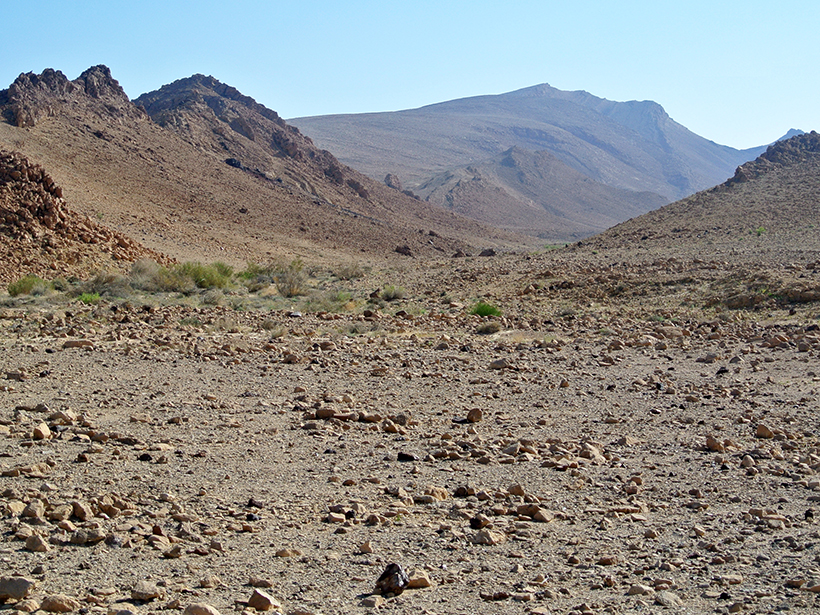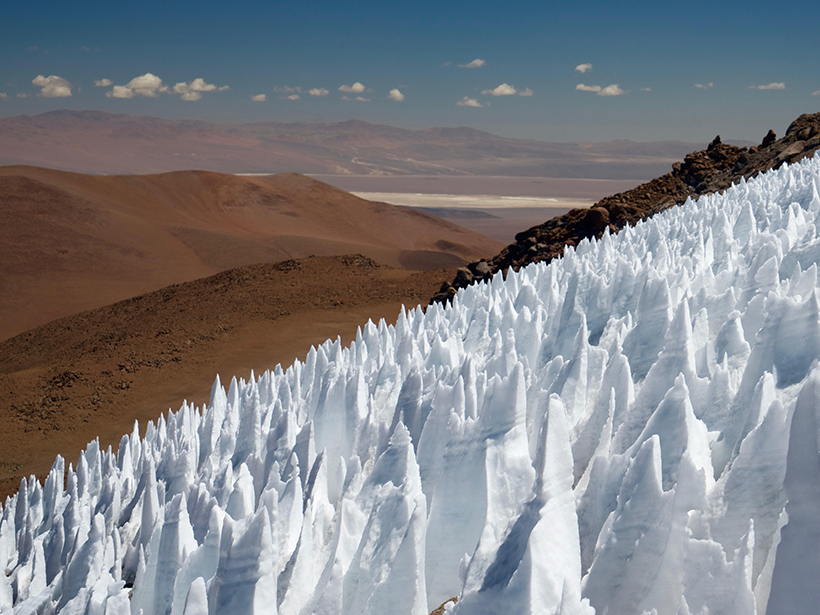Researchers used a sediment core from a lake in California’s San Bernardino Mountains to track the effect of climate on vegetation, fire, and erosion between about 120,000 and 15,000 years ago.
proxies
How to Read Atmospheric History Written in Flowstones
Oxygen isotope ratios in cave deposits reflect past climates, but interpreting these data is not straightforward. A new study explores what these ratios really tell us.
A Dirty Truth: Humans Began Accelerating Soil Erosion 4,000 Years Ago
Recent research combining analysis of carbon dating, sediment accumulation rates, and pollen records from 632 lake beds worldwide finds deforestation tied to increased soil erosion.
Looking for Prehistoric Pollen? Check the Floodplains
A new methodology calculates the soil properties most likely to preserve pollen.
Antarctic Ice Cores Offer a Whiff of Earth’s Ancient Atmosphere
Bubbles of greenhouse gases trapped in ice shed new light on an important climate transition that occurred about a million years ago.
Sea Caves Hold Clues to Ancient Storms
Sediments dug up from sea caves help reconstruct past climate, contributing to better storm predictions.
600 Years of Grape Harvests Document 20th Century Climate Change
A 664-year record of grape harvest dates from Burgundy, France, reveals significantly warmer temperatures since 1988.
A New Proxy for Past Precipitation
Researchers used luminescence signals from marine sediment cores to bolster estimates of precipitation levels on land over the past 30,000 years.
The Dawning of the Age of Old Aquifers
A new technique using 81Kr can measure the age of old groundwater in arid regions. The method can be used as a proxy for past climates and weather patterns.
Microbes Spotted on Blades of Ice High in the Andes
Researchers discover microbial life on ice spires known as penitentes on the arid, sunlight-blasted upper reaches of Llullaillaco, one of the best earthly analogues for Mars.

